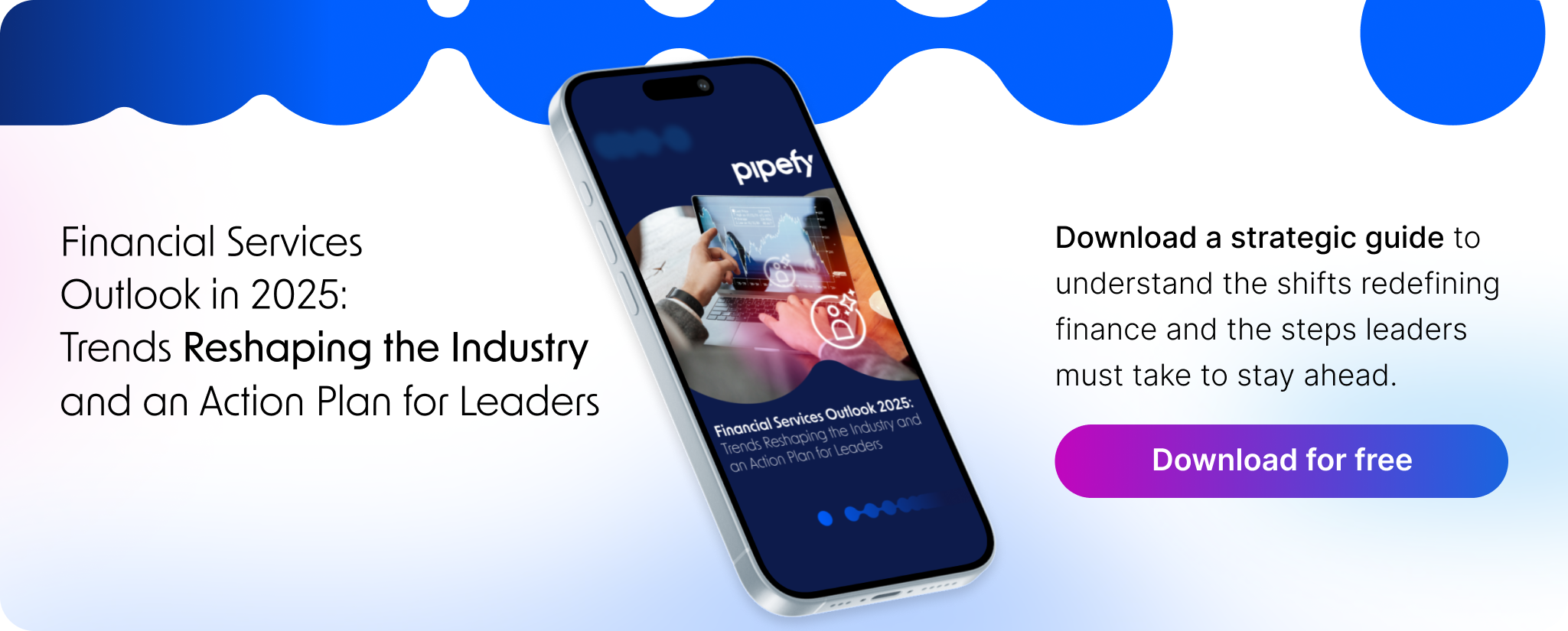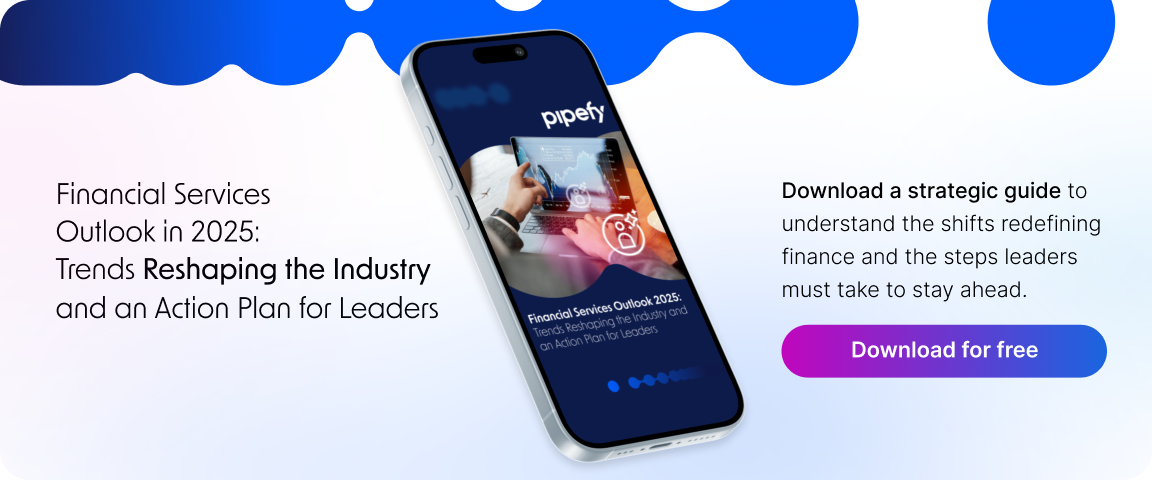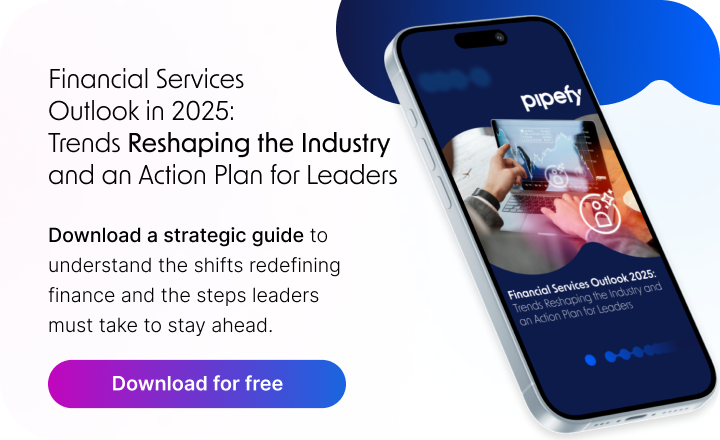
When talking about startups, the image that may come time to mind is a relaxed environment with non-existent processes and a really fast-growing rate of revenue for the company. We imagine that this growth rate creates even more unorganized or unstructured workflows, which leads to everyone doing (and buying) whatever they want.
In this case, one of the departments that most suffer from this is the purchasing department and process. Just imagine: messages coming from every possible channel that you can be used for communication, and countless employees asking for a diversity of items, invoices, equipment, etc.
And as a company grows, this only gets more stressful, but it doesn’t have to be. As a finance team member responsible for procurement at Pipefy, here are some tips I learned that can be applied to ease the burden and manage the chaos.
Business teams need agility. IT teams need visibility. Find out how no-code automation delivers both with No-Code Automation: Good for Business, Great for IT
Tips for a structured purchasing process
Tip 1: Establish rules for your purchasing process
There is nothing more important than establishing rules for the purchasing process. You need to identify who is going to approve the purchases, in addition to levels of approvals based on the contract cost and or importance. It is also necessary to define who is responsible for contracts. This is extremely important for the traceability of active suppliers.
Tip 2: Work agile
Agility is the keyword for startups, and also for the purchasing process. Don’t confuse having a structured process with a process that doesn’t evolve or provide purchasing flexibility. It’s inevitable that there will be requests that fall outside of your little box of activities. This is especially true for growing companies with new problems that arise, seemingly, almost every day.
This tip also applies to your team. It’s important for everyone to be willing to lend a helping hand in case it’s ever needed. For example, the person responsible for facilities could also help you with facilities suppliers, and IT teams can be very helpful when dealing with software and hardware needs. You can also collaborate with them in other ways, like bringing them in for supplier negotiations. Their insight is helpful in this way and can even provide you with ideas, questions, or technical needs you had not thought of yourself.
Tip 3: Define your purchasing process steps
There is no doubt that you must define your process step by step, from an open request to receiving the product or service to how you will communicate updates with requesters. As you work on mapping your process, consider questions like:
- Is the approval process a part of your purchasing process or a different process?
- When does it make sense to approve the purchase for your company?
- Who will approve requests?
- What happens if a request is not approved?
- Is there any budget that should be validated during the process?
- What is the process output?
- What is the expected process duration?
- What other teams are involved?
While there are many purchasing process variations, it usually includes the following steps:
- Purchase request received
- Negotiation and quotation requested
- Approval of supplier or vendor
- Purchasing order approved and issued
- Delivery received
- Payment issued
How I decided which tool to use
Because there are so many variations of this process, it’s important to have a tool flexible enough to not only build your own customized process but evolve with it too.
In my case, I had more than 200 suppliers, innumerable products and services registered, and almost 300 employees at the time who could ask for anything from the purchasing team. If I hadn’t had a process management tool that centralized requests, it would have be impossible to control and manage all of the incoming requests.
With Pipefy, I was able to:
- Centralize requests in a single place
- Manage my workflows and time better
- Increase process agility
I’ve also been able to learn a lot about processes and how to optimize the purchasing process. Because of the low-code and visual user interface, I can test what works better and change it at any time that I want.










